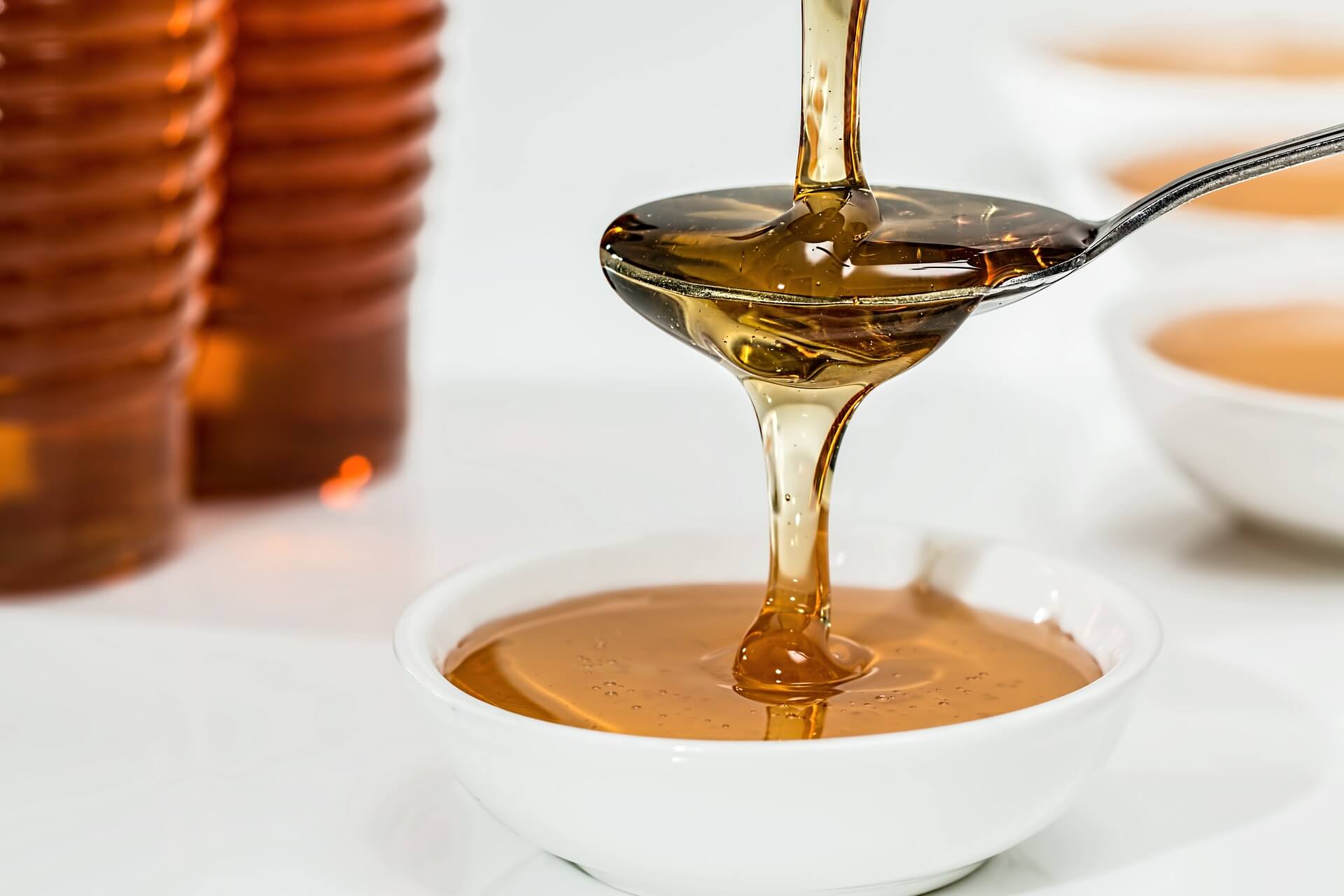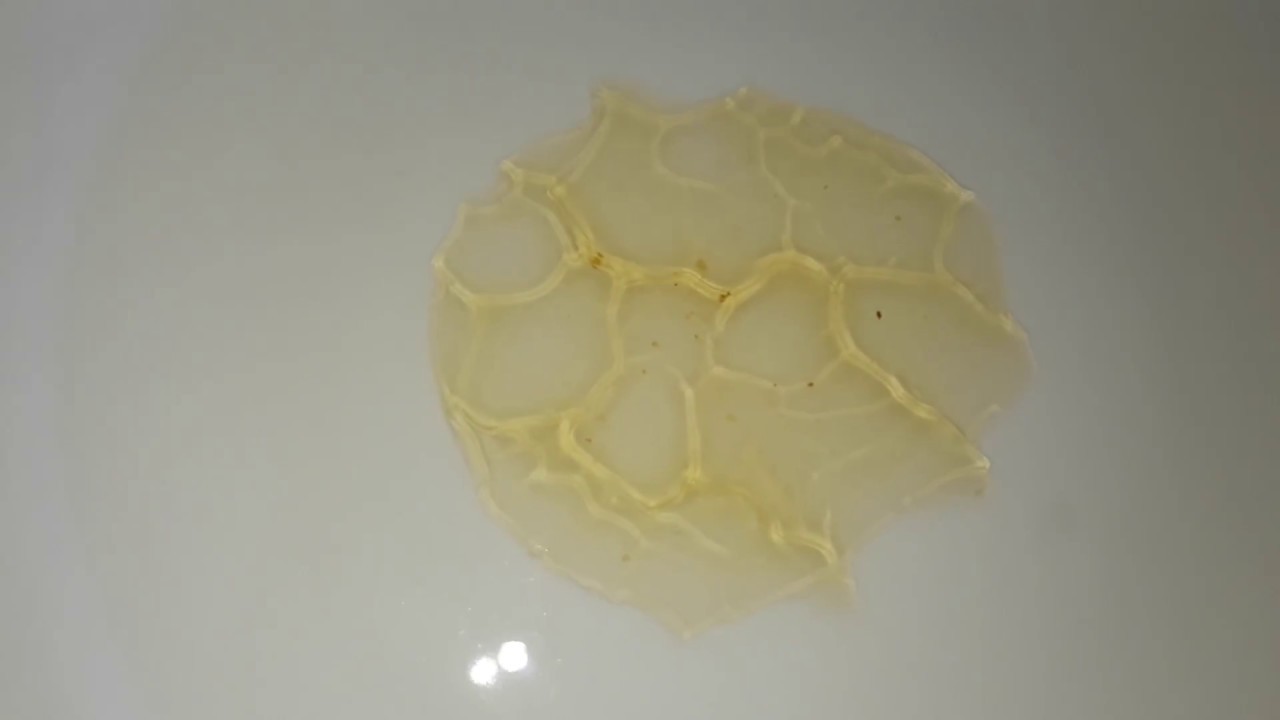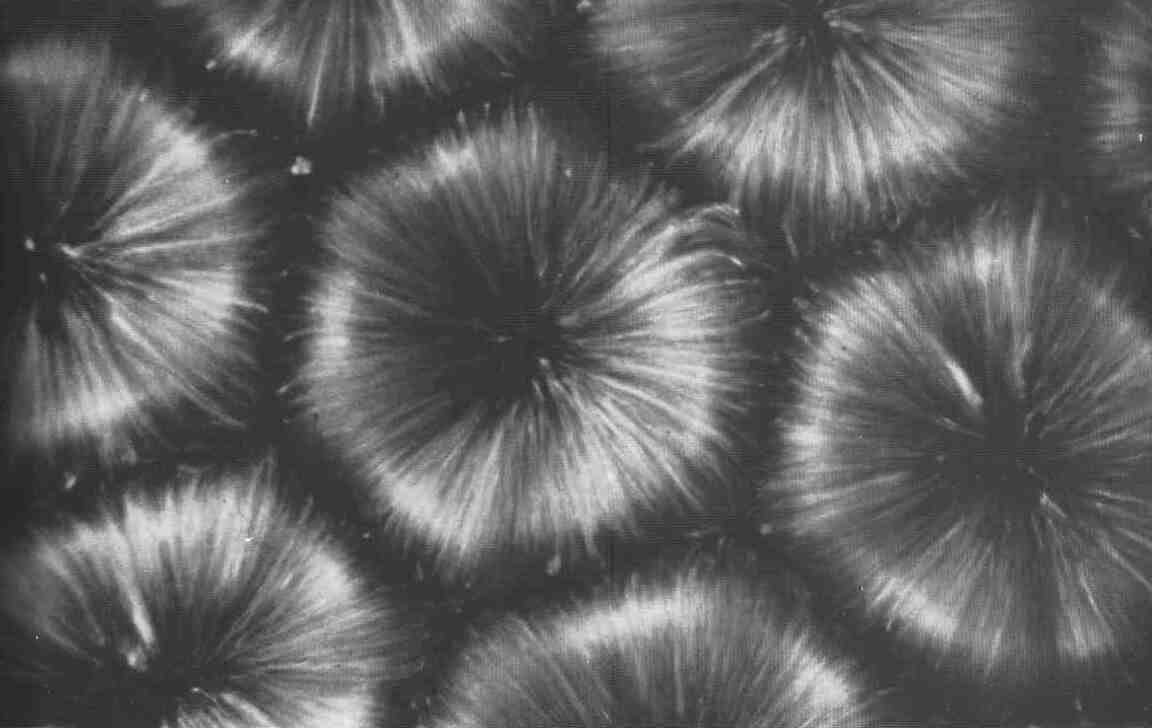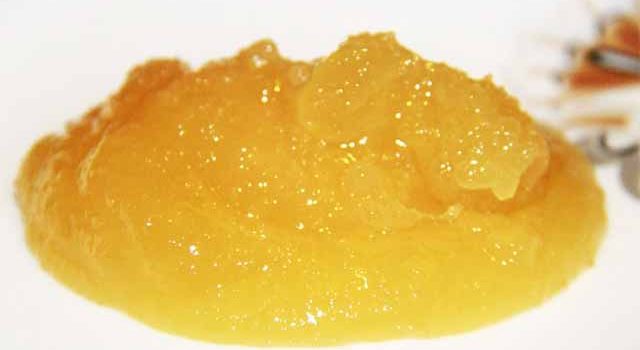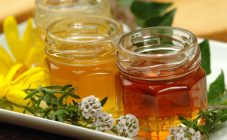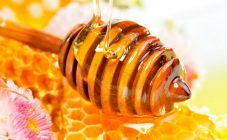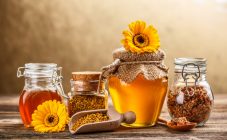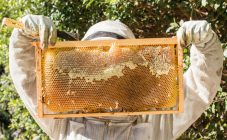Content:
Honey is considered one of the most unique products, because it contains a huge amount of substances and vitamins useful for the human body. It is known that such a useful sweetness helps to strengthen the immune system, helps with colds, and improves the condition of hair and nails.
Also, bee honey has antifungal, antiviral and antibacterial effect, so it is included in many medicines and cosmetics.
Honey can be safely called a "storehouse" of vitamins. It contains: retinol, thiamine, B vitamins and others. It is believed that the genetic memory of honey can determine its quality. True or myth - described in this article.
Honey's genetic memory: what is it
Does this kind of memorization exist? Or is it just another myth invented by sellers to attract attention and sell their goods at a high price?
If we turn to scientific terminology, then genetic memory is an experience or memories that were previously laid down by other carriers. In humans, this manifests itself in a set of behavioral reactions, namely:
- reflexes;
- instincts;
- various kinds of genetic programs.
As a rule, this term is applied specifically to humanity. But more and more often, especially from producers, one can hear such a concept as the genetic memory of honey. Moreover, according to their opinion, this applies mainly to a natural product.
It has also been proven that the manifestation of genetic memory is possible only with a suppressed consciousness. For example, babies are endowed with the memory of their ancestors. Thus, if we rely on the above information, then honey can have a genetic memory only if this substance has consciousness, as well as RNA and DNA.
Therefore, we can safely say that the first myth regarding the presence of genetic memory in natural sweetness has been completely destroyed.
Does honey have a genetic memory: how to test
Honey in water takes the form of a honeycomb, even if you add a few drops of it there. Many supporters of the theory of the existence of this useful sweetness of genetic memory argue that it is such a test that clearly confirms that the memory of honey is not a myth, but the truth. It is no coincidence that it takes the form of a honeycomb, but reproduces the information obtained earlier when he was in the apiary.
So, according to the above theory, honey reproduces its location throughout the season. But everyone knows that it is produced by bees from the nectar and pollen of flowering plants. Therefore, on the market you can find different types, namely:
- buckwheat;
- chestnut;
- lime;
- acacia;
- walnut;
- May and others.
Also honey can be honeydew, floral and mixed, which differ in color and structure.
To get 1 kilogram of such a natural product, about one and a half million micro drops of nectar are needed, which is located on more than 10 million flowers. Therefore, very often some beekeepers feed their "workers" with additional sugar. Honey created in this way is considered unnatural. But at the same time, as well as natural, it is produced by bees and stored in hives, in the same combs.
Therefore, we can safely say that the second myth has also been destroyed.
Benard cells: what are they?
This phenomenon was proven in 1900 by a French physicist known as Jean Bernard Leon Foucault, but not with honey. This scientist conducted an experiment and proved that with a temperature gradient, the structure of a viscous liquid is ordered in the form of cylindrical shafts or hexagons. But such an ordering is possible only with uniform heating of the test substance from below.
Honey and vegetable oil can form in Benard cells equally. Since, on the basis of the experiments, it has been proved that a honeycomb pattern is formed with many viscous substances.
So myth number three is also shattered.
What is the crystal lattice of honey
From the chemistry course at school, everyone knows about the existence of three states in which all substances can be - these are liquid, solid and gaseous.
Note! Honey comb is viscous but liquid. Therefore, this product cannot be characterized by characteristics, for example, of substances that are present in the other two states. That is, honey cannot have a crystalline structure, which is characteristic only of solids.
An exception is candied honey, but this is honey that has changed its state due to the influence of certain external factors (storage conditions) or because of its variety (composition). Crystallization of honey occurs when the glucose contained in its composition settles in the form of crystals. For example, buckwheat and sunflower seeds crystallize over time. But clover and acacia honeys thicken very slowly, these varieties are considered liquid.
Thus, the last myth regarding the existence of a crystal lattice in honey has been destroyed.
Despite the fact that determining the quality of honey by genetic memory is a myth, it is always possible to identify a fake. It is better to purchase the product from trusted suppliers, then all vitamins and minerals will be preserved in it.
